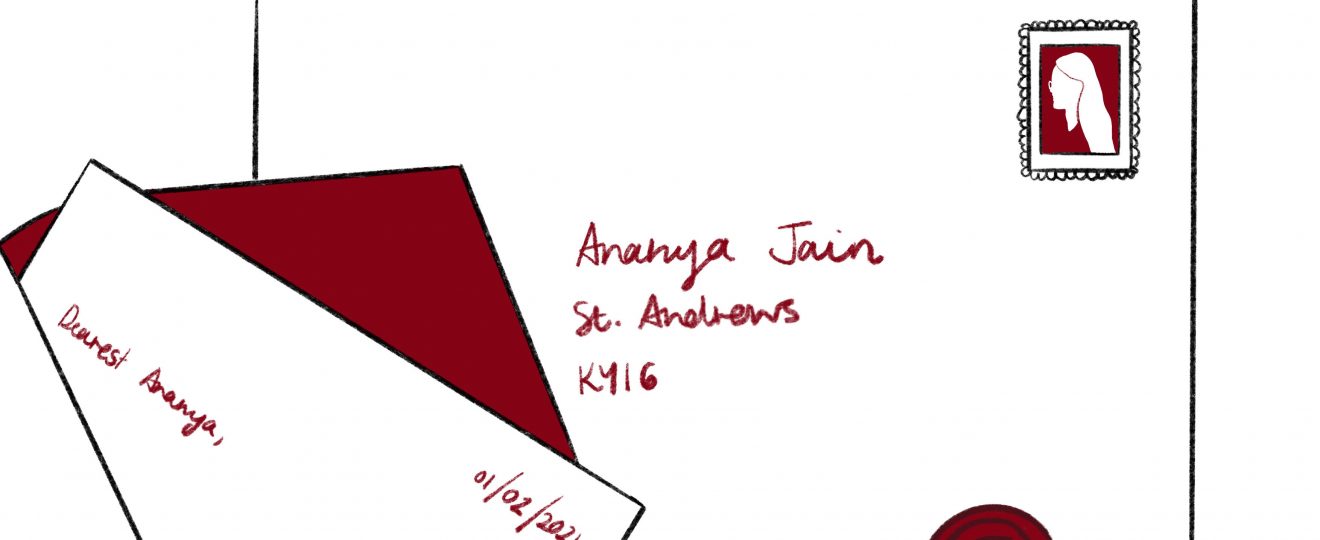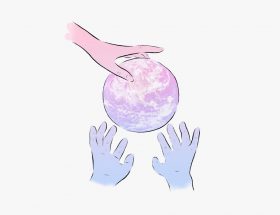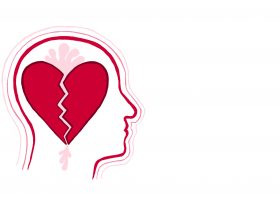When I was 16, my family collectively decided to gift me a box of letters. It was a medium sized round teal box, with golden accents, and a floral motif on the lid. It contained within it sixteen handwritten letters from people close to my heart.
There is something instantly heart-warming about a physical piece of paper – no matter how big or small, how clean or messy – with a handwritten message sprawled across. The note or letter seems to physically encapsulate the presence of the writer. The tactility of the paper, its texture, the fact that it has been touched by the writer, and the nib of the pen, the ink, and then folded and put into an envelope. These little things make it personal, responsible for reflecting an emotionality far beyond any other means of communication.
My affair with handwritten letters is a product of many years, perhaps a result of a historical affair of letter writing that I’ve imbibed from those around me. Whilst I never had the opportunity of meeting him, I’ve been told that my maternal great grandfather used to write a lot; pages, and pages, always with his special fountain pen, or on occasion a quill. Though I don’t have access to any of his letters now, I can picture him clearly, sitting on his wooden table, cigarette tucked underneath his lip, pocket watch in front.

Closer to me, there’s my mother. Even today, despite being adept with technology and running her own food blog, she prefers writing with a pen on paper. It helps her ideas flow better, she says. Whilst now most of her writing is linked to food, growing up I have vivid memories of her journaling, dating all the books she bought and writing notes to friends and family. When I went away to camp for the first time, and when I went to university, I found little notes from her in my luggage. I still find pieces of her writing hidden away in old books, sometimes notes appearing tucked between pages at the strangest of moments. They talk to me, even if not directly written for me.
In a time when instant messaging, video calling, and social media are widely accessible, enabling connections across the world in a matter of seconds, a handwritten letter remains something of a greater gesture. Don’t get me wrong, access to this technology has helped me feel close to my family even miles away from home, and I am grateful to be able to live in a time like this, that enables these long-distance connections. Yet, I find myself writing letters home extremely often. Every time someone comes to visit from India, or whenever I have the opportunity of sending a small parcel, I write a letter.
During happy times, and during the more difficult times, it says, without actually saying it: I care, I’m here for you, and I’m thinking about you. An envelope in it’s materiality, says more than the writing it contains. The cream-colored sheet with a small gold leaf encrusted butterfly at the header. I try to use a pen with black ink. Accompanying the letter are some pressed flowers or leaves and glitter or confetti shaped like stars. I fill the envelope with them and seal it shut.
Why would I want to write a letter and wait for it to reach home when I could just say what I need to through my phone? What is it that needs to be told through a letter?
I don’t think each letter I write is a novel account of my thoughts, emotions or even activities. In fact, many times the ideas written on paper have been verbally said to those same people that the letters make their way to. But the act of writing makes me reflect upon my words, and what I am trying to say with them. How those words will affect the person I am writing to, what reading that will mean to them, how it will make them feel.
Perhaps, in this world of connections, it could be argued that social media and instant calling and messaging has led to hyperconnection, an extremely rapid age of communication. Messages are circulated in a matter of seconds, and so are responses. One does not even have to think before pressing send. And waiting, despite how often the word is used, does not seem to be a concept anymore. I hear stories of people waiting months to hear from loved ones in the past. The anticipation of what the next letter would bring, missives taking days, sometimes months, to arrive from across the country, across the ocean, across the world. The wait at times seemed endless but it was always accompanied by hope.
Have we forgotten what it means to wait?
Did we ever even know what waiting was in the first place?
In the past, communication was so slow, that whether it was moments of happiness or grave tragedy, families would only know days after the passing of the event. In those times, people probably found themselves having to reflect months and weeks’ worth of conversation into one single page.
What should be included in this piece of paper that is representative of my time and experiences? What is the most important thing to say?
Whilst this reflection took place in the past, when this slowness, this distance, was the only mode of communication, today we find ourselves reflecting on the same question due to this over-saturation of communication.
What can I say that I have not already said? What is the most important thing to say?
In this year of digital communication, ironically my fondness for the physical has only grown. I find myself thinking whether years from now, we will look back at our ‘saved’ or ‘starred’ messages or social media posts to remind us of the past. Due to the sheer amount of data, information, and communication on these virtual mediums, however, I wonder if they will remain valuable enough to look back on?
Despite generational differences, I hope that the physical remnants of the past, the remnants my grandparents and parents’ generations continue to treasure, remain treasured for me and for all of us. Perhaps due to the novelty they are, in this digital age, they will be.
Don’t let a handwritten note be a novelty 30 years from now; write more to people you love. Write small messages, write notes, longhand letters, or even a cheeky joke on a sticky note.
Art by Jennifer van der Merwe




